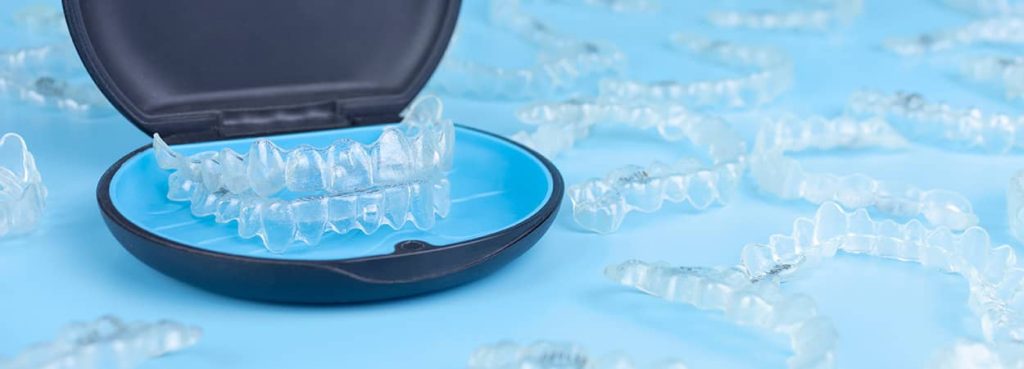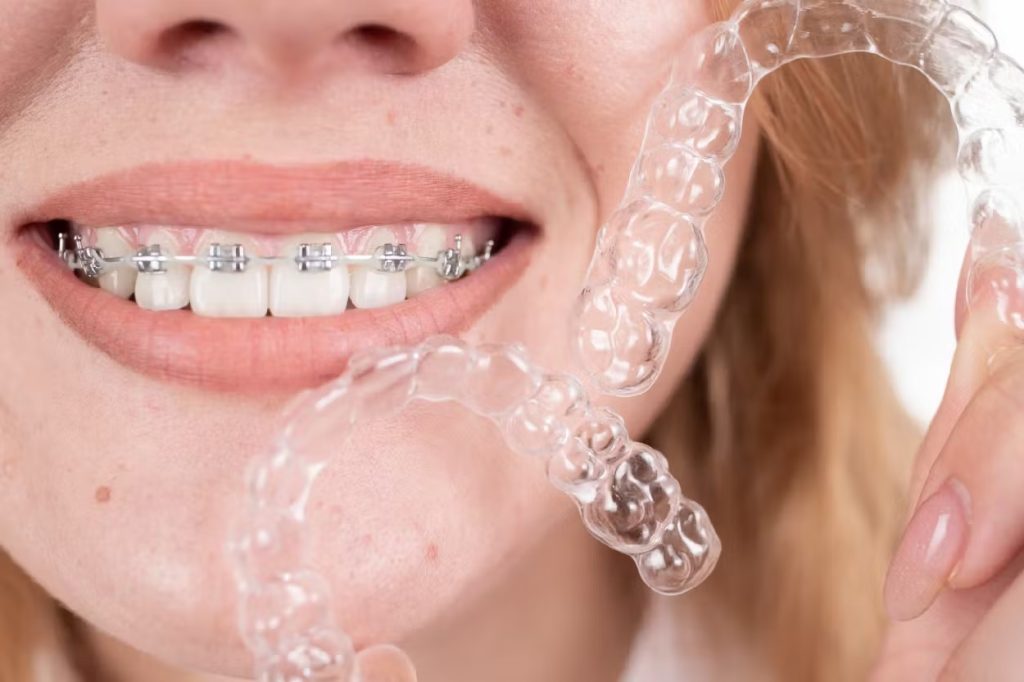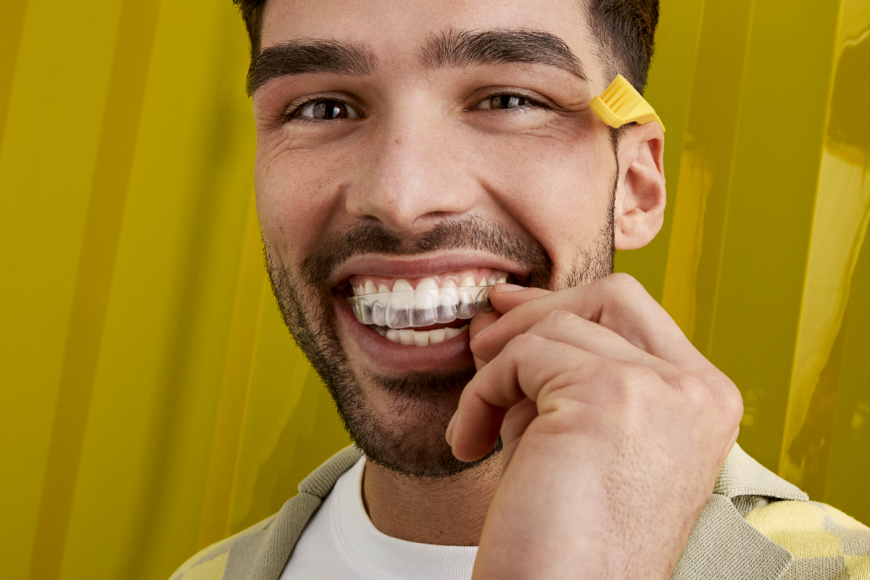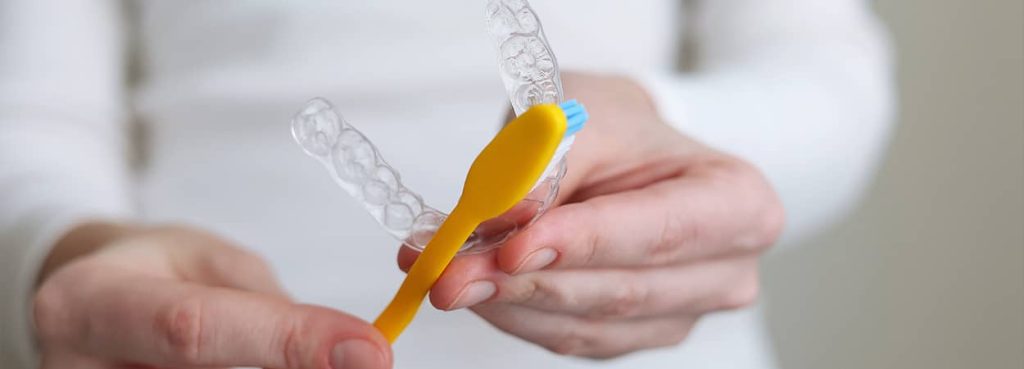Invisalign irritating gums

Invisalign Irritating Gums: Causes, Prevention, and Relief
Invisalign has revolutionized the field of orthodontics by offering a nearly invisible and comfortable alternative to traditional braces. These clear aligners have become a popular choice for people looking to straighten their teeth without the aesthetic and practical drawbacks of metal braces. However, despite the many benefits of Invisalign, some users experience irritation of the gums during their treatment. If you’re dealing with gum irritation from Invisalign, it’s important to understand the causes, how to prevent it, and ways to find relief.
In this comprehensive guide, we’ll explore why Invisalign might be irritating your gums, what you can do to prevent this discomfort, and tips for soothing irritated gums during your treatment.
Understanding Invisalign and How It Works
Before diving into the causes of gum irritation, it’s helpful to understand how Invisalign works and what makes it different from traditional braces.
What Is Invisalign?
Invisalign is an orthodontic treatment system that uses a series of clear, custom-made aligners to gradually move teeth into their desired positions. Unlike traditional braces, which use metal brackets and wires, Invisalign aligners are made of smooth, BPA-free plastic that fits snugly over your teeth. The aligners are removable, allowing you to take them out for eating, drinking, brushing, and flossing.
How Does Invisalign Work?
Invisalign treatment involves wearing a series of aligners, each slightly different from the last, to move your teeth gradually. You typically wear each set of aligners for one to two weeks before moving on to the next set. The aligners exert gentle pressure on your teeth, slowly shifting them into alignment over time.
Advantages of Invisalign
Invisalign offers several advantages over traditional braces:
- Aesthetic Appeal: The clear aligners are virtually invisible, making them an attractive option for adults and teens who want to straighten their teeth discreetly.
- Comfort: The smooth plastic material is designed to be comfortable and less likely to cause irritation than metal braces.
- Removability: You can remove the aligners for eating, drinking, and oral hygiene, making it easier to maintain good dental habits during treatment.
Despite these benefits, some Invisalign users experience gum irritation, which can be uncomfortable and concerning.
Why Invisalign Might Be Irritating Your Gums
Gum irritation is a relatively common issue for Invisalign users, especially in the early stages of treatment. Understanding the possible causes of this irritation can help you take steps to prevent it and find relief.
1. New Aligners and Gum Sensitivity
When you switch to a new set of aligners, your gums may take some time to adjust to the new fit and pressure. This adjustment period can cause temporary gum irritation, particularly if the new aligners press against the gumline.
- How It Happens: Each new set of aligners exerts slightly different pressure on your teeth and gums. This pressure can cause your gums to feel sore or irritated as they adapt to the new aligners.
- Signs of Gum Sensitivity: Redness, swelling, and tenderness along the gumline are common signs of gum sensitivity caused by new aligners.
2. Rough Edges on Aligners
Although Invisalign aligners are designed to be smooth, sometimes the edges of the aligners can have small rough spots or sharp edges that rub against the gums, causing irritation or even small cuts.
- How It Happens: Manufacturing imperfections or slight misalignments can result in rough edges on the aligners. These edges can come into contact with your gums, causing friction and irritation.
- Signs of Rough Edges: If you notice specific areas of your gums that feel sore or have visible irritation, it could be due to rough edges on the aligners.
3. Poorly Fitting Aligners
In some cases, the aligners may not fit perfectly, especially if your teeth have shifted differently than expected or if the aligners are not seated correctly. Poorly fitting aligners can press on the gums in an uncomfortable way, leading to irritation.
- How It Happens: If your teeth don’t move exactly as planned, the aligners may not fit as snugly as they should, causing them to press against your gums or move around in your mouth.
- Signs of Poor Fit: If the aligners feel loose, move around in your mouth, or cause consistent discomfort, they may not be fitting properly.
4. Improper Insertion or Removal of Aligners
Improper insertion or removal of your aligners can also contribute to gum irritation. Forcing the aligners in or out can cause them to scrape against your gums, leading to soreness or small cuts.
- How It Happens: When inserting or removing your aligners, if you’re not careful, you may inadvertently drag the edges of the aligners across your gums, causing irritation.
- Signs of Improper Handling: Soreness or small cuts along the gumline, particularly after inserting or removing the aligners, can indicate improper handling.
5. Inadequate Oral Hygiene
Good oral hygiene is essential when using Invisalign. If plaque and bacteria build up along the gumline, it can lead to gum inflammation and irritation. This can be exacerbated by the aligners trapping food particles and bacteria against your teeth and gums.
- How It Happens: If you don’t brush and floss regularly, plaque can accumulate under the aligners, leading to gum irritation and even gingivitis.
- Signs of Poor Oral Hygiene: Red, swollen, or bleeding gums, along with bad breath, are common signs of gum irritation due to inadequate oral hygiene.
6. Allergic Reaction
In rare cases, some people may have an allergic reaction to the materials used in Invisalign aligners. This can result in gum irritation, itching, and swelling.
- How It Happens: The plastic used in Invisalign aligners is generally biocompatible, but some individuals may have a sensitivity or allergic reaction to the material.
- Signs of an Allergic Reaction: Widespread gum irritation, itching, and swelling that doesn’t improve with good oral hygiene may indicate an allergic reaction.
How to Prevent Invisalign from Irritating Your Gums
If you’re experiencing gum irritation from Invisalign, there are several steps you can take to prevent and reduce discomfort. By being proactive, you can enjoy a more comfortable treatment experience.
1. Smooth Rough Edges on Aligners
If you notice rough edges on your aligners, you can smooth them out to reduce irritation. This can be done at home with a few simple tools, or you can ask your dentist to do it for you.
- How to Do It: Use a nail file or emery board to gently smooth out the rough edges of the aligners. Be careful not to overdo it—just a light filing should be enough to make the aligners more comfortable.
- Tip: If you’re unsure about filing your aligners yourself, bring them to your dentist or orthodontist. They can smooth the edges professionally.
2. Ensure Proper Fit
Making sure your aligners fit properly is crucial for avoiding gum irritation. If you suspect that your aligners aren’t fitting as they should, consult your dentist or orthodontist.
- Check the Fit: When you insert your aligners, they should fit snugly over your teeth without pressing on your gums. If they feel loose or uncomfortable, contact your orthodontist for an adjustment.
- Tip: Use Invisalign chewies, small cylindrical tools made of soft plastic, to help seat your aligners properly. Chew on them for a few minutes after inserting your aligners to ensure they’re fully in place.
3. Practice Proper Insertion and Removal
Learning the correct technique for inserting and removing your aligners can help prevent gum irritation.
- Insertion: When inserting your aligners, gently push them into place with your fingers, starting with the front teeth and then moving to the back. Avoid biting them into place, as this can cause the edges to scrape against your gums.
- Removal: To remove your aligners, use your fingers to gently lift the aligners off your back teeth first, then gradually work your way to the front. Avoid using your nails to pull them off, as this can damage the aligners and irritate your gums.
- Tip: If you’re having trouble inserting or removing your aligners, ask your dentist for a demonstration of the proper technique.
4. Maintain Excellent Oral Hygiene
Good oral hygiene is essential for preventing gum irritation, especially when using Invisalign. By keeping your teeth and gums clean, you can reduce the risk of inflammation and discomfort.
- Brush and Floss Regularly: Brush your teeth at least twice a day and floss daily to remove plaque and food particles. Be sure to brush along the gumline to prevent plaque buildup that can cause irritation.
- Clean Your Aligners: Clean your aligners daily using a soft toothbrush and clear, non-abrasive soap. Rinse them thoroughly before reinserting them. Avoid using toothpaste or colored soaps, as these can scratch or discolor the aligners.
- Tip: Consider using an antimicrobial mouthwash to reduce bacteria in your mouth and keep your gums healthy.
5. Take Breaks When Needed
While it’s important to wear your Invisalign aligners for the recommended 20-22 hours per day, it’s also okay to take short breaks if your gums are feeling particularly irritated.
- Short Breaks: If your gums are sore, remove your aligners for a few minutes to give your gums a break. Just be sure to put them back in as soon as possible to avoid delaying your treatment progress.
- Tip: Use your short breaks to rinse your mouth with water or an antimicrobial mouthwash to soothe your gums.
6. Stay Hydrated
Drinking plenty of water throughout the day can help keep your mouth and gums hydrated, which is important for preventing irritation.
- How It Helps: Staying hydrated helps maintain saliva production, which is essential for washing away food particles and bacteria that can cause gum irritation.
- Tip: Avoid sugary or acidic drinks that can increase the risk of irritation and tooth decay. Stick to water, especially when wearing your aligners.
How to Soothe Irritated Gums from Invisalign
If you’re already experiencing gum irritation from Invisalign, there are several remedies you can try to soothe the discomfort and promote healing.
1. Rinse with Warm Salt Water
Rinsing your mouth with warm salt water is a simple and effective way to soothe irritated gums and reduce inflammation.
- How to Do It: Dissolve half a teaspoon of salt in a glass of warm water. Swish the solution around your mouth for 30 seconds, then spit it out. Repeat this 2-3 times a day, especially after meals.
- Tip: Saltwater rinses can help reduce swelling and promote healing, but avoid swallowing the saltwater.
2. Use a Gum Gel or Ointment
Over-the-counter gum gels or ointments, such as those containing benzocaine, can provide temporary relief from gum irritation by numbing the affected area.
- How to Use: Apply a small amount of the gel or ointment directly to the irritated gums using a clean finger or cotton swab. Follow the instructions on the packaging for safe use.
- Tip: Use these products sparingly, as they are intended for temporary relief. If the irritation persists, consult your dentist.
3. Apply Cold Compresses
Applying a cold compress to the outside of your cheek can help reduce swelling and numb the area, providing relief from gum irritation.
- How to Do It: Wrap a cold pack or a bag of ice in a cloth and apply it to the outside of your cheek for 10-15 minutes at a time. Take breaks between applications to avoid skin irritation.
- Tip: Cold compresses are especially helpful for reducing swelling in the early stages of gum irritation.
4. Avoid Irritating Foods
Certain foods can exacerbate gum irritation, especially when your gums are already sore. It’s best to avoid these foods until your gums have healed.
- Foods to Avoid: Spicy, acidic, or hard foods can irritate your gums further. Stick to soft, bland foods that are gentle on your gums.
- Tip: Cold, soft foods like yogurt, applesauce, and smoothies can be soothing and easy to eat when your gums are irritated.
5. Adjust Your Oral Hygiene Routine
If your gums are irritated, it’s important to maintain good oral hygiene, but you may need to make some adjustments to your routine to avoid causing further discomfort.
- Use a Soft-Bristled Toothbrush: Switch to a soft-bristled toothbrush to reduce irritation while brushing. Be gentle when brushing around the gumline.
- Floss Carefully: If flossing is causing discomfort, try using a water flosser or floss picks designed for sensitive gums.
- Tip: If brushing and flossing are too painful, try rinsing your mouth with an antimicrobial mouthwash to help keep your teeth and gums clean.
6. Consult Your Dentist
If your gum irritation persists or worsens despite trying these remedies, it’s important to consult your dentist or orthodontist. They can assess the situation, make adjustments to your aligners if necessary, and provide additional recommendations for relief.
- What to Expect: Your dentist may check the fit of your aligners, smooth out any rough edges, and provide advice on how to manage the irritation. They may also check for signs of infection or other issues that could be contributing to the discomfort.
- Tip: Don’t hesitate to reach out to your dentist if you’re experiencing ongoing discomfort. It’s better to address the issue early to prevent further complications.
When to See a Dentist About Gum Irritation
While mild gum irritation is common during Invisalign treatment, there are certain signs and symptoms that may indicate a more serious issue. It’s important to know when to seek professional help to ensure your treatment progresses smoothly.
1. Persistent Pain or Discomfort
If you experience persistent pain or discomfort that doesn’t improve with home remedies or after a few days, it’s time to see your dentist. Persistent irritation could be a sign of an issue with the aligners that needs to be addressed.
2. Visible Sores or Cuts
If your aligners are causing visible sores, cuts, or ulcers on your gums, it’s important to consult your dentist. These injuries can lead to infection if not treated properly.
3. Signs of Infection
Signs of infection, such as increased redness, swelling, pus, or a foul odor, require immediate attention. Infections can worsen quickly and may require antibiotic treatment.
4. Difficulty Wearing Aligners
If your gum irritation is making it difficult to wear your aligners as prescribed, contact your dentist. Delaying treatment by not wearing your aligners can impact the overall success of your Invisalign journey.
Conclusion: Managing Invisalign Gum Irritation
Gum irritation from Invisalign is a common issue, but it’s usually manageable with the right strategies. By understanding the causes of gum irritation, taking steps to prevent it, and using effective remedies to soothe discomfort, you can enjoy a smoother and more comfortable treatment experience. Remember to maintain good oral hygiene, handle your aligners with care, and consult your dentist if you experience persistent or severe irritation.
Your Invisalign journey is a step toward achieving a beautiful, straight smile, and with the right care, you can minimize any discomfort along the way.
Have Questions About Invisalign and Gum Irritation?
If you’re experiencing gum irritation from Invisalign or have concerns about your treatment, reach out to your dentist or orthodontist. They can offer personalized advice and solutions to help you stay on track with your treatment and keep your gums healthy.









